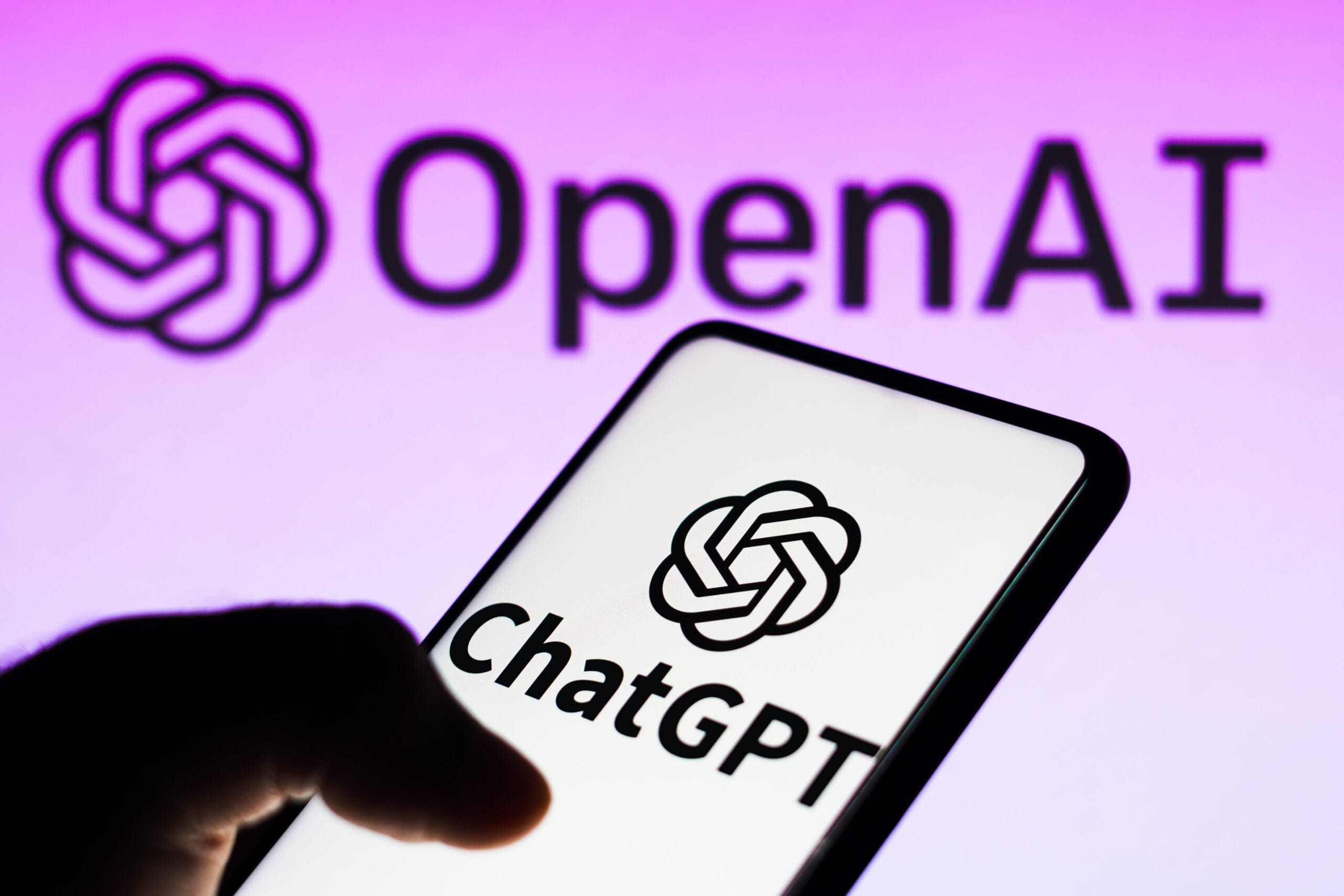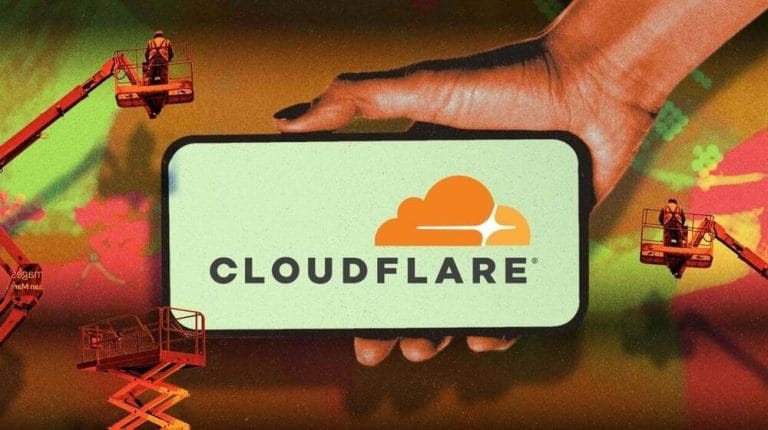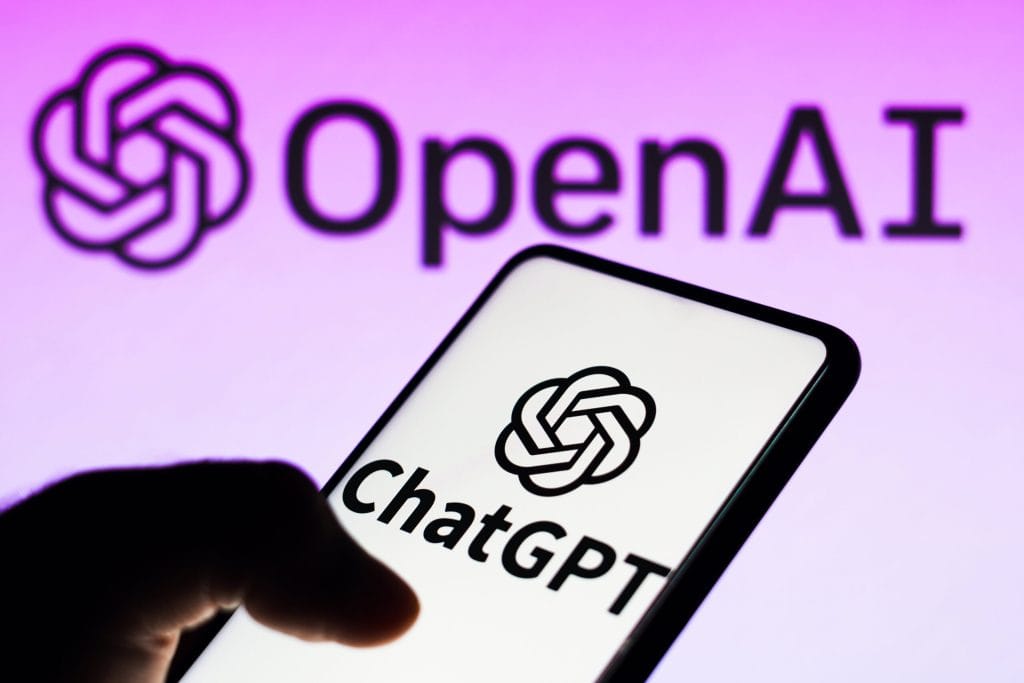OpenAI Launched Free ChatGPT for Teachers Worldwide
A Major Step Toward Modern Classrooms
ChatGPT for Teachers is a major milestone as OpenAI officially launches a free AI assistant built specifically for K–12 educators. Verified school employees can use the service at no cost until June 2027, allowing teachers to explore artificial intelligence in their own classrooms without financial barriers while gaining access to tools that improve planning and instruction.
Designed for Lesson Planning and Classroom Work
ChatGPT for Teachers allows educators to prepare assignments, lesson plans, worksheets, instructions, student support handouts and other classroom materials quickly. This specialized edition includes features from the standard ChatGPT platform such as access to GPT-5.1 Auto, file uploads, memory tools, app integrations and image generation, giving teachers a powerful and broad toolset for daily academic tasks.
Read Also Here:
Cloudflare outage explained causes major internet disruption
Built for Education Privacy and Compliance
One major difference between ChatGPT for Teachers and the public version is compliance with student data protection laws. The service follows the Family Education Rights Act, ensuring stricter handling of sensitive school information. This focus on privacy gives schools confidence that student data and school records are managed safely and responsibly within educational regulations.
Encouraging AI Collaboration Among Teachers
The classroom edition includes new collaboration options that let teachers share chat results or lesson plans with colleagues. When teachers open a new conversation, the system can show suggestions based on how other educators have used the AI. This helps teachers learn from real classroom experiences, improving skill adoption while reducing time spent building new resources from scratch.
Part of a Broader Educational Strategy
Before launching ChatGPT for Teachers, OpenAI introduced ChatGPT Edu, a version designed for universities and school systems that gives institutions student access similar to email accounts and other digital resources. The organization also launched Study Mode, a tool that helps users understand answers step by step, reinforcing learning rather than replacement of student effort, supporting responsible AI usage in academic development.
Competing in a Growing Educational Technology Market
OpenAI is not alone in its interest in education. Google has offered student discounts for Gemini, and other companies are exploring ways to enter the school environment. By directly appealing to teachers, OpenAI hopes to strengthen its position and build long-term educational relationships, encouraging AI to become part of everyday academic instruction and administration in schools.
Historical Context of AI in the Classroom
Artificial intelligence in education has evolved significantly over the last decade. Early systems focused on basic tutoring, automated grading and simple question-and-answer interactions. However, modern AI tools like ChatGPT for Teachers offer deep contextual understanding, lesson development, curriculum support and adaptive responses that make them more engaging. These advancements reflect a shift in classroom expectations, where teachers require reliable digital support rather than just simple automation.
Teachers Already Adapting to AI Tools
Many teachers already use AI to generate ideas, simplify teaching content, and handle administrative work. The widespread student use of AI has changed academic environments rapidly. Instead of resisting technology, many educators now look for responsible ways to integrate AI into the learning cycle, helping students develop analytical skills while using technology responsibly, ethically and creatively.
A Tool to Save Time and Reduce Workload
Teachers around the world face heavy workloads, balancing grading, administrative work, material preparation and classroom instruction. AI assistance can help reduce preparation time, allowing teachers to focus more on student development rather than document creation. ChatGPT for Teachers may also improve teaching quality through faster adaptation to individual student needs and faster activity design for diverse classroom learning levels.
Bridging the Digital Learning Divide
Some communities still struggle with low exposure to educational technology. A free service until 2027 helps remove financial restrictions while giving schools the chance to experiment. The more teachers use AI, the more digital literacy will spread through classrooms, encouraging students to develop future-ready skills such as research, problem solving, digital creativity and critical analysis.
A Step Toward Tomorrow’s Learning Environments
As AI continues reshaping learning, ChatGPT for Teachers shows how technological partnerships can support real education needs. Digital tools now help teachers draft feedback, create explanations, adapt text to different grade levels and support individualized instruction plans. These improvements gradually move schools toward hybrid learning environments where digital assistance and human instruction work together smoothly.
Learn more about OpenAI’s educational products at:
https://openai.com
Conclusion
ChatGPT for Teachers demonstrates how artificial intelligence can support rather than replace educators. With strong privacy practices, collaboration features, classroom tools and long-term free access, the platform aims to create a supportive environment for schools exploring modern learning methods. As teachers become more comfortable integrating AI, classrooms may experience more efficient teaching, better student support and a stronger foundation for future digital education systems.
Read More Here:
Cloudflare outage explained causes major internet disruption















